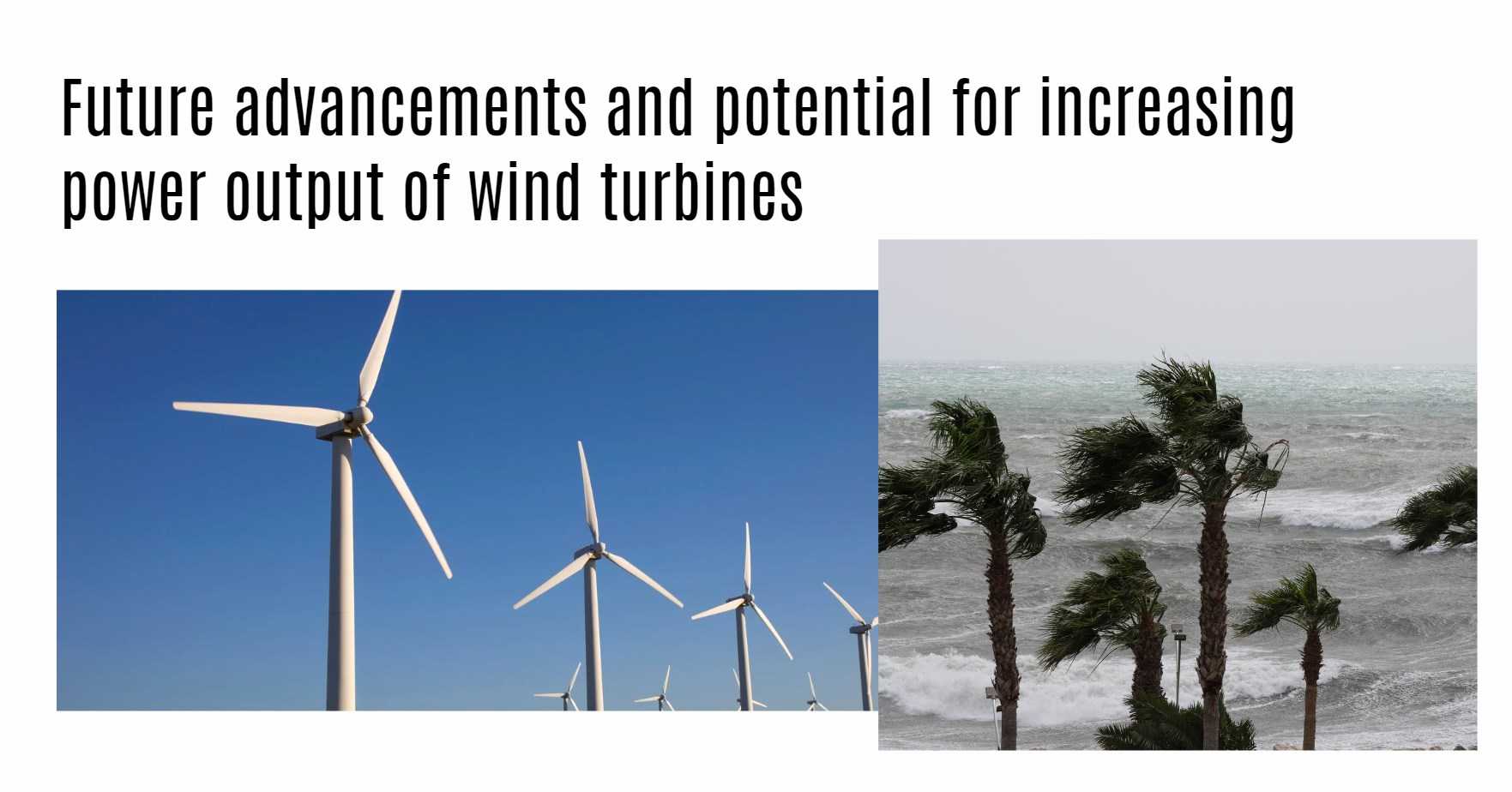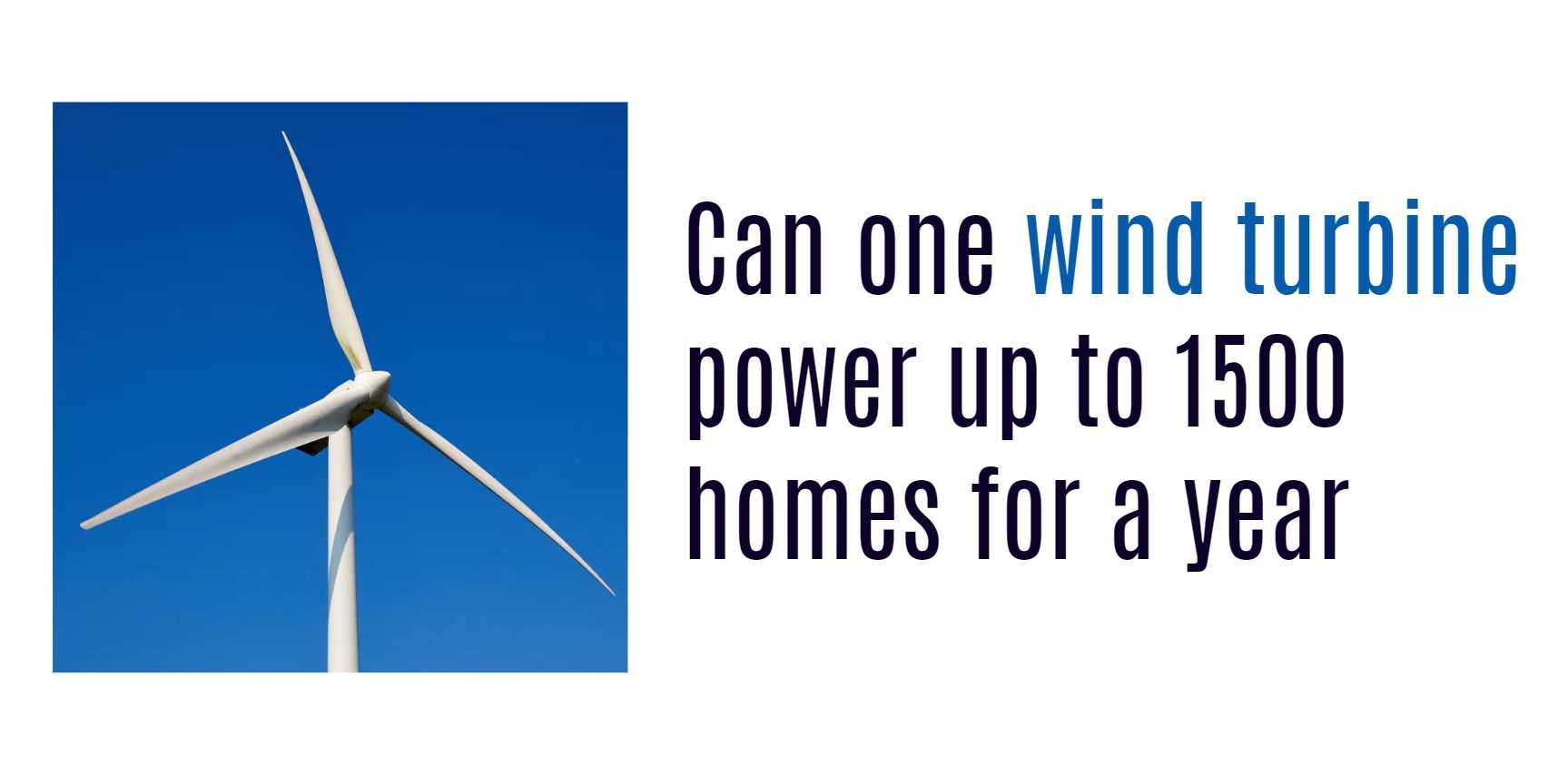Welcome to the world of renewable energy, where the power of nature meets modern technology to create sustainable solutions for our growing energy needs. Today, we dive into the realm of wind turbines – towering giants harnessing the invisible force of wind to generate electricity. How many homes can one turbine really power? Let’s unravel this fascinating mystery together!
How a wind turbine works
Have you ever wondered how those towering wind turbines actually work to generate electricity? It’s quite fascinating!
When the wind blows, it causes the turbine’s blades to spin. This rotational motion turns a shaft connected to a generator, creating electrical energy through electromagnetic induction.
The generator then converts this mechanical energy into electrical power that can be fed into the grid for distribution. The speed and direction of the wind dictate how fast the blades turn and thus how much electricity is generated.
Modern wind turbines are equipped with sensors and control systems that optimize their performance by adjusting blade pitch and orientation to maximize energy output. This technology ensures efficiency even in varying wind conditions.
It’s an elegant process where nature’s force is harnessed to produce clean, renewable energy for our homes and communities.
Factors that affect the power output of a wind turbine
When it comes to the power output of a wind turbine, several factors come into play.
The location of the wind turbine plays a crucial role. Wind speed and consistency are key elements that determine how much electricity can be generated.
The size and design of the wind turbine also impact its efficiency. Larger turbines with longer blades tend to generate more power compared to smaller ones.
Additionally, maintenance and upkeep are essential in ensuring optimal performance. Regular servicing and monitoring help prevent issues that could affect power production.
Furthermore, environmental factors like temperature and altitude can influence how efficiently a wind turbine operates.
Understanding these various factors is vital in maximizing the potential power output of a wind turbine for sustainable energy generation.
Calculating the potential power generation of a single wind turbine
Wind turbines have the remarkable ability to harness the power of wind and convert it into electricity, making them a valuable source of renewable energy. When it comes to calculating the potential power generation of a single wind turbine, several factors come into play.
The size and design of the turbine, as well as the average wind speed at its location, significantly impact its power output. Additionally, the efficiency of the turbine’s technology plays a crucial role in determining how much electricity it can generate.
Engineers use complex mathematical models to estimate a wind turbine’s expected power production based on these variables. By analyzing data on wind patterns and turbine specifications, they can predict with reasonable accuracy how much energy a single turbine is capable of generating over time.
Understanding how to calculate the potential power generation of a wind turbine is essential for maximizing its efficiency and contribution to our energy needs.
Case studies of successful wind farms and their impact on powering homes
Let’s dive into some real-world examples of how wind farms are making a difference in powering homes.
In California, the Alta Wind Energy Center is one of the largest wind farms in the United States, generating enough electricity to power over 200,000 homes annually. The sheer size and efficiency of this wind farm showcase the incredible potential of harnessing wind energy.
Moving across the Atlantic to Europe, Denmark stands out as a leader in wind energy production. With ambitious renewable energy goals, Danish wind farms like Horns Rev 3 contribute significantly to their national grid, providing clean electricity for thousands of households.
Closer to home, Texas boasts an impressive array of wind farms scattered throughout the state. The Roscoe Wind Farm alone can power around 60,000 homes with its vast expanse of turbines dotting the landscape.
These case studies highlight the tangible impact that well-planned and executed wind farms can have on meeting our energy needs sustainably.
Limitations and challenges in using wind turbines for energy production
Wind turbines are a valuable source of renewable energy, but they do come with their own set of limitations and challenges. One significant challenge is the intermittency of wind – the amount of power generated can fluctuate depending on wind speed and direction. This variability makes it challenging to rely solely on wind energy for consistent power supply.
Another limitation is the visual impact that large wind farms can have on landscapes, which can be a concern for some communities. Additionally, noise pollution from operating turbines can also be an issue in certain areas, affecting local residents.
The construction and maintenance costs associated with wind turbines are not insignificant either. Initial investment in setting up a wind farm can be high, and ongoing maintenance is required to ensure optimal performance and safety.
Integrating wind energy into existing power grids can pose technical challenges due to the need for efficient storage solutions to address fluctuations in supply. Despite these limitations, ongoing research and technological advancements aim to overcome these obstacles and further harness the potential of wind energy for sustainable power generation.
Future advancements and potential for increasing power output of wind turbines
As technology continues to advance, the future of wind turbines holds exciting possibilities for increasing power output. Innovations in blade design, materials, and aerodynamics are paving the way for more efficient and productive turbines.
Researchers are exploring ways to enhance turbine performance through machine learning algorithms that optimize operations based on real-time data. By fine-tuning the angles of the blades or adjusting rotational speeds, these advancements can significantly boost energy production.
Moreover, the integration of energy storage solutions such as batteries can help address intermittency issues associated with wind power. This means that excess energy generated during peak times can be stored and used when wind levels are low.
Furthermore, offshore wind farms offer immense potential for harnessing stronger and more consistent winds compared to onshore sites. Developing floating platforms and larger turbines for offshore installations could further increase power generation capacity.
The future looks promising as we continue to push boundaries in wind turbine technology to meet our growing energy needs sustainably and efficiently.

Conclusion: The role of wind energy in meeting our energy needs
Wind energy plays a crucial role in meeting our energy needs now and in the future. As we strive to transition towards cleaner and more sustainable sources of power, wind turbines offer a promising solution. With advancements in technology and increasing efficiency, wind farms have the potential to power thousands of homes while reducing our reliance on fossil fuels.
By harnessing the power of the wind, we can significantly decrease carbon emissions and combat climate change. It is essential for governments, businesses, and individuals to continue investing in renewable energy projects to ensure a greener and more sustainable future for generations to come.
So next time you see a majestic wind turbine spinning gracefully in the wind, remember that it represents not just clean energy but also hope for a brighter tomorrow. Let’s embrace the power of the wind and work together towards a cleaner and more sustainable world powered by renewable energy sources like wind turbines.




